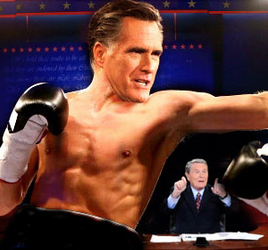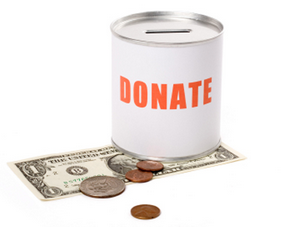While Mitt Romney might not have any intention to run in the 2016 Presidential Election, he’ll nonetheless be fighting soon. This time, however, he might come out of it with a black eye. The former Republican Presidential candidate is planning to box Evander Holyfield, the former heavyweight champion. This bout is scheduled for May, and the two will be getting into the ring in an effort to raise money for charity.
News of the fight first came from the Salt Lake City Tribune, and in an interview Romney said that it will most likely be a very short fight, or else he’ll be knocked unconscious. Those who are expecting something out of the “Rocky” movies will probably be disappointed, as it’s probably not going to be much more than the two men getting into the ring to spar around for a little while. Romney thought that it would ultimately be much better entertainment than just having dinner and listening to speakers, and he’s probably right. That being said, it would probably be more entertaining if it was a full-on fight, as opposed to some quick sparring. But the main purpose of the event is to raise money for charity, not to put a former Presidential candidate and Massachusetts Governor in the hospital.
The match is scheduled for May 15, as part of a several-bout evening in Salt Lake City to raise money for Charity Vision. Last year, the Romney family traveled with the group to Peru, and Romney recently returned from a trip to India with them. Charity Vision donates medical equipment to doctors and facilities in poverty-stricken areas around the world to help aid with eye surgeries. One of Romney’s songs has described the evening as a “black-tie event”, and that the fundraiser will be patterned after a 1920s-style party.


